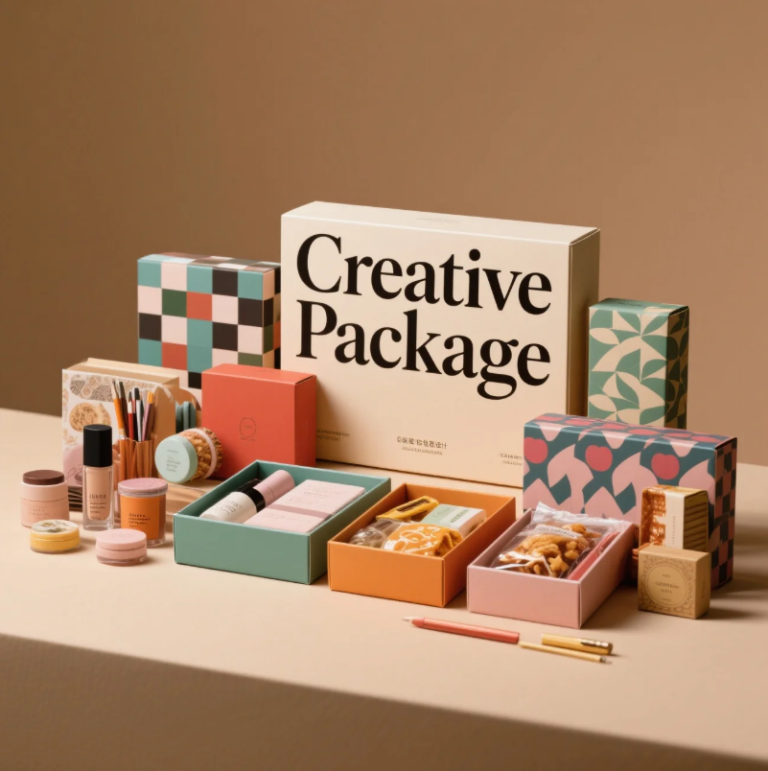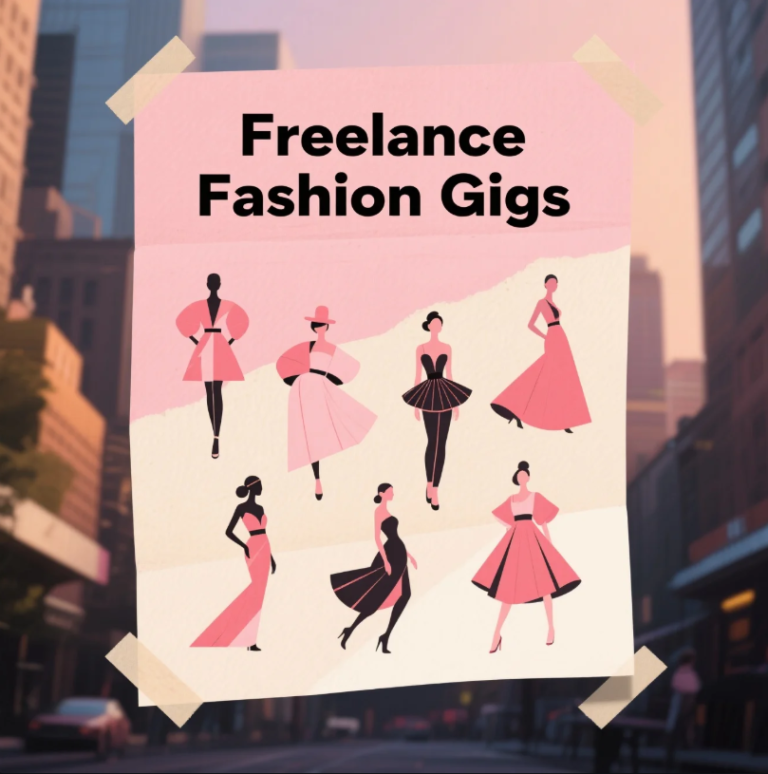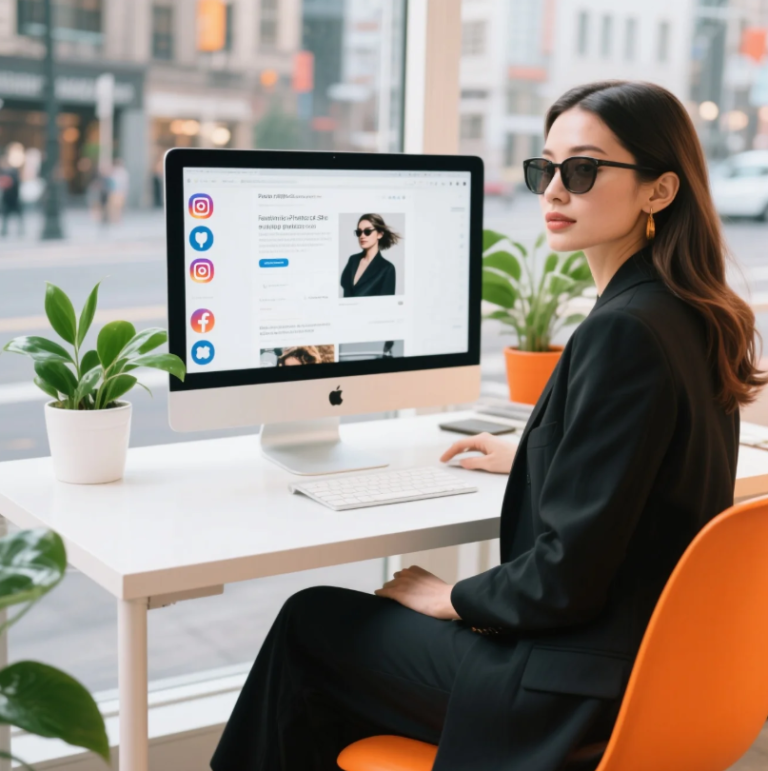
No Fashion School, No Industry Connections, Just Hustle and Heart
Let’s get one thing out of the way: I didn’t go to fashion school. I didn’t intern at a glossy magazine. I didn’t have a cousin at Vogue or a wardrobe full of Gucci. But today, I work full-time as a freelance fashion stylist, booking gigs with real clients, styling photo shoots, and making a living doing what I love.
If you’ve ever dreamed of becoming a fashion stylist — but felt blocked because you didn’t have a degree — this article is for you. I’ll show you how I started from zero, built my name, and made it work in a competitive industry.
Spoiler alert: You don’t need a diploma. You need hustle, taste, and a smart plan.
1. I Turned My Eye for Style Into a Portfolio — Before I Had Clients
You don’t wait for clients to prove you’re a stylist — you start styling with what you’ve got.
I began by:
- Styling outfits from my own wardrobe
- Creating looks for friends and family
- Shooting low-budget photo sets with a borrowed iPhone
- Putting together themed looks: vintage, streetwear, business casual, etc.
I treated every outfit like a magazine spread — even if the backdrop was my apartment wall. I uploaded them to Instagram, created a free portfolio on Canva, and used free tools like Behance to showcase my work.
📸 Tip: Your first “clients” can be your best friends, roommates, or even yourself. The styling is what matters — not the label on the clothes.
2. I Learned the Industry… Without Paying Tuition
No fashion school? No problem. The internet is a treasure trove.
I taught myself styling principles by:
- Watching YouTube channels (e.g., Stylist Life, Nava Rose, Blanca Miró)
- Reading blogs and e-books about color theory and body proportions
- Studying lookbooks from Zara, H&M, and designer collections
- Breaking down why celebrity red carpet looks worked (or didn’t)
I also followed stylists on Instagram and reverse-engineered their work. I wasn’t copying — I was studying. Every scroll was a masterclass.
📚 Pro Tip: Study the difference between editorial styling, personal styling, commercial styling, and red carpet work. Each niche has a different vibe.
3. I Offered Free Styling in Exchange for Photos and Referrals
In the beginning, I styled for free. Not forever — but long enough to gain:
- Testimonials
- Photos of my work
- Referrals from happy “clients”
I styled a local singer for her album cover. I helped a college grad pick outfits for job interviews. I worked with a beginner photographer on TFP (Trade For Portfolio) shoots.
The value I gave wasn’t discounted — just strategic. My goal was proof.
🤝 Reality Check: When no one knows you, you must create your own credibility. The work you do for free now can pay off in bookings later.

4. I Created a Brand — Even When It Was Just Me in My Bedroom
Clients don’t want “just a person with fashion sense.” They want a stylist with a brand.
I gave myself a name (just my own, but with a logo). I picked a consistent color palette. I made sure my Instagram feed had a cohesive vibe. I posted tips, behind-the-scenes content, and styled looks regularly.
Even if I was working out of my closet, I acted like a brand — because one day I would be.
💡 Remember: Perception is power. If you look like a pro, people will treat you like one.
5. I Found Clients in Unexpected Places
Most of my early clients didn’t come from agencies or referrals — they came from:
- Facebook groups for models, creatives, and photographers
- Reddit subs like r/fashionadvice and r/streetwear
- Local events and meetups (fashion flea markets, gallery openings)
- Instagram hashtags and DMs
I wasn’t afraid to cold message people or introduce myself at events. I wasn’t selling — I was offering value. “Hey, I’m a stylist. Want to collaborate on a shoot?” opened more doors than you’d think.
✉️ Pro Tip: Build a simple pitch script. Be friendly, confident, and clear on what you offer.
6. I Started Charging — and Learned My Value Fast
Once I had:
✅ A portfolio
✅ Testimonials
✅ Experience
…I began charging.
My first rates were modest. $50 for a session. $100 for a shoot. I charged less, but delivered more — curated outfits, lookbooks, styling tips, and even sourcing links.
With time, I raised my rates. As my demand grew, so did my pricing. Clients began to treat me as a professional — because I acted like one.
💸 Lesson: Don’t be afraid to start small — but don’t stay there. Your time and taste are valuable.
7. I Used Social Media as My Styling Resume
Instagram became my #1 tool.
I treated it like:
- A portfolio (photos, reels, outfit breakdowns)
- A blog (styling tips, fashion rants, how-to guides)
- A pitch tool (DM outreach, highlights of testimonials)
- A discovery engine (hashtags, Reels, collabs)
One viral Reel about “How to Layer Like a Stylist” got me three paid inquiries. Another carousel post on capsule wardrobes led to a mini e-book I now sell.
📱 Platform Tips: Pinterest = passive traffic. TikTok = fast reach. Instagram = branding hub. Use what works for you.
8. I Built Relationships That Turned Into Opportunities
Stylists don’t work in a vacuum. I connected with:
- Makeup artists
- Photographers
- Small clothing brands
- Models
- Content creators
I supported them, shared their work, collaborated — and they returned the favor. Some of my biggest paid jobs came through mutuals who liked working with me.
🤝 Rule: Be professional, kind, and reliable. Fashion is small. People talk.

9. I Never Let Imposter Syndrome Win
Not going to lie — I doubted myself. A lot.
- “I didn’t go to FIT or Parsons.”
- “What if my style’s not good enough?”
- “Who am I to charge for this?”
But then I remembered: Clients don’t care where you studied. They care how you style.
Every stylist starts somewhere. The only difference is some start believing in themselves earlier than others.
10. You Can Do It Too — Here’s How to Start Today
If you’re reading this, it’s not too late. Here’s how you can start right now:
- Style 3 looks using your own clothes and take high-quality photos.
- Set up a free Instagram account or blog.
- Post consistently, share value (not just selfies), and tag thoughtfully.
- Collaborate with beginner photographers or models to build a portfolio.
- Offer 2-3 free styling sessions in exchange for testimonials or photos.
- Pitch yourself to potential clients or small brands.
- Start small — then raise your rates as your work improves.
- Keep learning, growing, and showing up.
Final Thoughts: No Degree, No Excuses
I didn’t have a formal fashion education.
I didn’t have a backstage pass to the industry.
What I had was vision, effort, and the willingness to show up before I felt “ready.”
You can do this too — with the closet you have, the passion you feel, and the style that’s uniquely yours. The fashion industry needs more real voices, real talent, and real perspectives.
So start now.
Because the only thing standing between you and becoming a freelance fashion stylist… is the belief that you can.
And trust me — you can.


